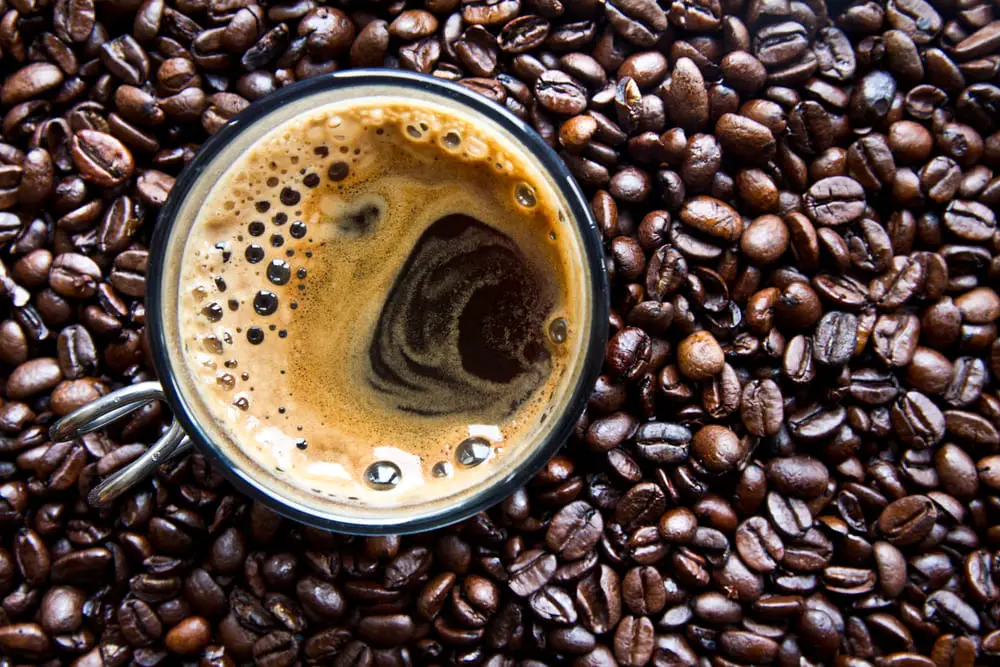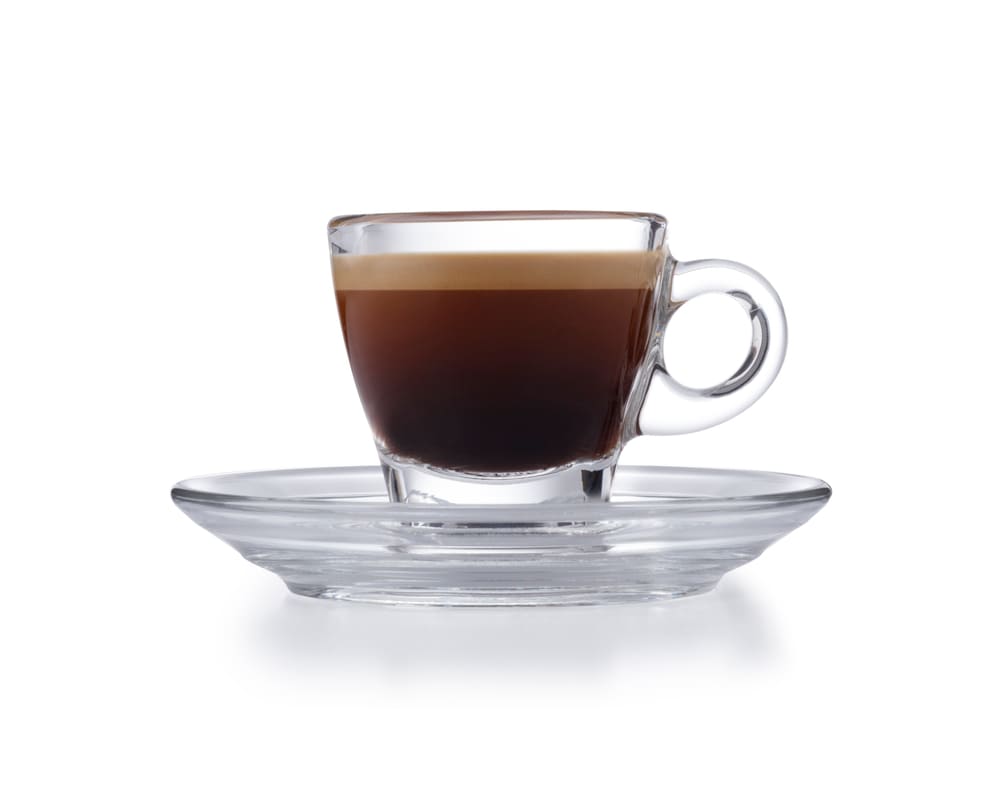The world of coffee is incredibly diversified, with innumerable varieties of coffee available and a wide range of flavors from which customers may pick and discover their own. Among various types of coffee, Espresso is a widely consumed and well-known one that is always worth giving a try.
In the early 20th century, espresso was initially introduced in Venice, Italy, and it quickly expanded to Spain and other European countries. This coffee has now become an indispensable component of people’s coffee cultures all across the world. Many coffee enthusiasts believe that if you have never had Espresso, you have not truly entered the coffee world. So, what exactly is Espresso? How do you prepare espresso and what does espresso taste like? As usual, I’m here to help you learn more about this topic, so let’s get started.
What Exactly Is Espresso?
Espresso is a type of machine-brewed coffee made with hot water under high pressure (about 9 to 10 bars) and finely ground coffee powder. Espresso is made with pure water, and the coffee used in this manner must be rustic roasted and free of contaminants.

Espresso is termed “express” in Italian, implying that the coffee may be provided to the consumer right away. Espresso coffee is made with darkly roasted coffee beans as the main component. Why is it necessary to roast in the dark? As the natural acid in the coffee beans dissolves more quickly at high pressure, the coffee has an unpleasant sour flavor. To avoid this, people roast for longer periods of time in order to minimize the acid content. However, long roasting alters the fragrance of coffee. As a result, when roasting coffee, baristas must find a way to balance acid content and fragrance.
Espresso has a robust flavor, mingles with a longer-lasting aftertaste, and has less caffeine than conventional cups of coffee due to the fast extraction procedure.
To make a “real” espresso cup, drinkers have to first roast black coffee beans, then ground them extremely finely before compressing hot water under high pressure. As a consequence, a cup of Espresso will taste flavorful, and robust, with a coating of dark froth called Crema, and a slight bitterness on the surface.
What Are The Main Components Of Espresso?
Two primary layers of an espresso cup are the crema layer and the liquid layer:
– The crema layer consists of CO2 foam coated in water and oil. Crema also comprises the coffee and emulsified oils contained in the beans, which give Espresso its bitter flavor and make it darker than most other coffees.
– The Liquid layer contains solutes, gasses, and insoluble components that give the Espresso cup its taste.

Espresso is usually made using high-quality Arabica coffee. In addition, many people use Robusta coffee to make Crema that is richer and more intense. The coffee produced with this recipe lacks the fragrance and richness of Arabica coffee. Coffee experts still contend that the finest Espresso is made from 100 percent Arabica or a combination of 60 percent Arabica and 40 percent Robusta.
What Is The Taste Of Espresso?
The ultimate Espresso taste comes from thorough preparation and careful mixing of recipes that include grind size, extraction time, and water temperature. There is no other beverage that compares to the flavor and feel of a good cup of espresso. The coffee should have a slight bitterness from the pure coffee bean, a pleasant scent from freshly ground coffee, and a distinctly sweet flavor. Espresso has a rich and beautiful flavor, and the scent of the coffee lingers on the mouth after drinking it.
An excellent espresso should have a rich scent, a robust body, and a toned crema. It’s a magical combination of four essential elements: temperature, water, brewing, and coffee.
What Is The Espresso Coffee Principle?
It’s not simple to brew a cup of Espresso that makes drinkers fall in love; the process is governed by the four letters M:
- Macinazione refers to the method of grinding coffee
- Miscela to blended coffee
- Macchina to the coffeemaker
- And Mano to the barista’s skilled hand.
To prepare a great cup of espresso, you must follow the four guidelines below:
1. Mixing
The goal of mixing is to provide a distinct coffee flavor. Coffee from Brazil, Mexico, Panama, and Peru are the most typically mixed varieties.
2. Roasting
A good espresso should be aromatic and sweet. Espresso coffee must be roasted to preserve the aroma and sweetness of the coffee bean while reducing sourness and harshness. People usually only roast coffee until they hear the first crack.
3. Blending
Espresso coffee is frequently ground with a Burr grinder. The coffee must be ground as rapidly as possible to restrict the flavor of the coffee when it is exposed to the air. A good grinding time is between 23 and 28 seconds.
4. Brewing
The professional baristas brew the coffee after roasting, blending, grinding, measuring the needed amount of coffee, and compressing it. Following this, pass roughly 2 ounces of water through the front end of the portafilter before putting it on the machine head. After that, position the filter in place, then a glass cup under the nozzle of the filter. Press the button to begin the first brewing process. Before applying hot water with high pressure, this technique helps the water to permeate uniformly throughout the coffee beans. Allow the coffee to run freely through the nozzle until the Espresso turns pale.

Hot water between the temperatures of 88 and 94 degrees Celsius is compressed with an initial pressure of 8 to 10 bar is ideal for making espresso. Bear in mind that the time limit is between 25 and 30 seconds which is really critical and required. This is because water would not be able to dissolve all of the flavors if it went through the coffee powder too quickly. However, if it runs too slowly, many bitter ingredients will dissolve, and the Espresso taste will be lost.
If you can’t afford it, you can make it the old-fashioned way using a Moka express mixing pot. If you want to brew this very handmade coffee, you’ll need a precise method and an understanding of how to discern the delicate flavor.
Final Thought
If you’re a coffee snob, you’ll agree with the preceding facts, won’t you? On the other hand, if you’re a newbie “addicted” to coffee, try an espresso right away to get a taste of it. Espresso is about more than simply drinking a drink; it’s also about learning about the culinary culture and bringing spiritual values.